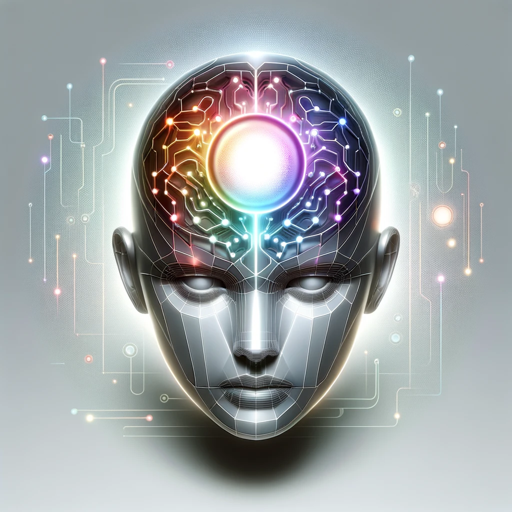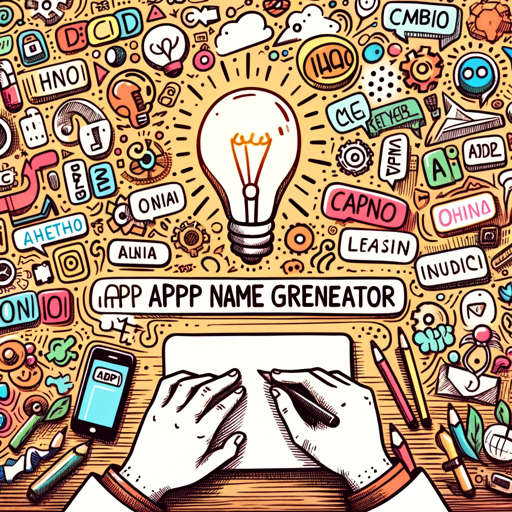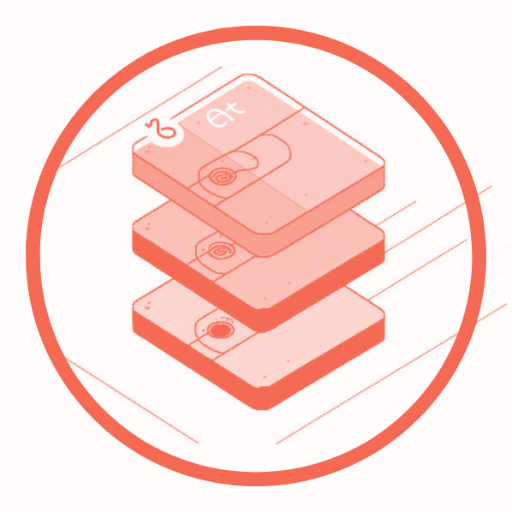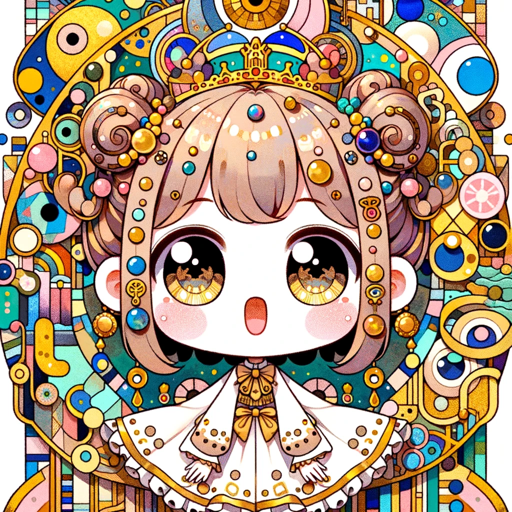Design System GPT-AI-powered design assistant
AI-Powered Design System Assistant
What are the first steps in creating a design system?
How do I choose colors for my design system?
What should I consider when naming my design tokens?
Can you explain the basics of setting up a component library?
Related Tools
Load More
System Design GPT
This GPT will help you ace your system design interview

Electronics Hardware Design GPT
Expert in electronics and hardware design, circuit and PCB guidance

GPT Instruction Genius
[V4] Crafts detailed instructions from your ideas, to create GPTs that provide structured and consistent outputs. Tip: Write '/changelog' to see the latest changes!

Design System GPT
Mentor for designers on creating modern design systems

Software System Design GPT
Designs systems and guides on using mermaid in draw.io

Software Engineering GPT
I'm here to ensure your coding journey is smooth, efficient, and up-to-date. Let's code smart!
20.0 / 5 (200 votes)
Introduction to Design System GPT
Design System GPT (DSGPT) is a specialized AI assistant tailored to support designers in developing and managing design systems. Its core purpose is to provide guidance on color choices, naming design tokens, and building component libraries in tools like Figma. DSGPT incorporates the latest PIE Design Foundations, which include global and alias color tokens for both light and dark themes. The assistant promotes a people-centric approach to design, integrating design systems into workflows, fostering reuse, and iterating designs. It emphasizes effective communication, collaboration, and feedback loops, helping to overcome technological challenges to boost productivity and innovation. For example, DSGPT can help a designer select an accessible color palette for a new application, ensuring the choices align with branding guidelines and accessibility standards.

Main Functions of Design System GPT
Guidance on Color Choices
Example
Assisting in selecting a cohesive color palette for a new mobile app.
Scenario
A designer is tasked with creating a new theme for an existing application. Using DSGPT, they can choose colors that are harmonious, brand-compliant, and accessible. DSGPT suggests primary, secondary, and accent colors, considering both light and dark modes.
Naming Design Tokens
Example
Standardizing the naming convention for design tokens across a project.
Scenario
A design team is developing a component library and needs consistent naming for their design tokens. DSGPT helps by providing a systematic approach to naming tokens like colors, typography, and spacing, ensuring clarity and consistency throughout the project.
Building Component Libraries in Figma
Example
Creating reusable components for a Figma project.
Scenario
A company is revamping its user interface and needs to establish a robust component library in Figma. DSGPT guides the team in building standardized buttons, forms, and navigation elements, promoting reuse and reducing design inconsistencies.
Ideal Users of Design System GPT
UI/UX Designers
Designers focused on creating user interfaces and experiences benefit from DSGPT by receiving expert guidance on design principles, component creation, and token management. They can enhance their workflow, ensuring designs are consistent, accessible, and aligned with brand standards.
Design System Managers
Individuals responsible for maintaining and updating design systems find DSGPT invaluable for managing design tokens, ensuring consistency, and integrating new components. DSGPT helps streamline the process, making it easier to update and communicate changes across teams.

How to Use Design System GPT
Step 1
Visit aichatonline.org for a free trial without login, also no need for ChatGPT Plus.
Step 2
Familiarize yourself with the interface and explore the different features available, such as design token management, color choices, and component library building.
Step 3
Start a new project or open an existing one in Figma, and integrate Design System GPT for seamless design system management and iteration.
Step 4
Use the tool to generate and name design tokens, create and customize components, and apply global and alias color tokens for both light and dark themes.
Step 5
Leverage the collaboration and feedback features to refine your design system, ensuring effective communication and iteration with your team.
Try other advanced and practical GPTs
Marcel van Willy's & Marjetten
Unleash absurd humor with AI

App Namer Expert
AI-powered app naming made simple.

The Writer's Room
AI-powered writer's room for creatives

Mongoose Docs Helper
AI-powered support for Mongoose developers

CodaPackAide
AI-Powered Pack Development

Tucker GPT
Get brutally honest answers with AI

God Simulator
Shape and control your virtual world with AI

楽しいイラスト作成
AI-powered 'kimo-kawaii' illustration generator.

Molli AI 🌱 Permaculture GPT
AI-powered permaculture assistant for sustainable living
【知識ゼロでもできる!】VBAでOutlookのメールを自動でエクセル抽出
AI-powered tool for automating Outlook email extraction to Excel

音楽理論GPT
AI-Powered Music Theory Insights

Video Summarizer GPT
AI-powered video summarization tool.

- Design Systems
- Component Libraries
- Color Choices
- Token Naming
- Theme Management
Design System GPT Q&A
What is Design System GPT?
Design System GPT is an AI-powered assistant tailored to help designers create, manage, and iterate design systems. It offers tools for color choices, naming design tokens, and building component libraries in Figma.
How does Design System GPT integrate with Figma?
Design System GPT seamlessly integrates with Figma, allowing users to start new projects or enhance existing ones. It provides functionalities for creating and managing design tokens and components directly within the Figma environment.
What are design tokens?
Design tokens are variables that store design decisions, such as color, typography, spacing, and other properties. They help maintain consistency and scalability across design systems by centralizing these decisions.
Can Design System GPT handle both light and dark themes?
Yes, Design System GPT supports global and alias color tokens for both light and dark themes, making it easy to create and switch between different themes in your design system.
How does Design System GPT promote collaboration?
Design System GPT includes features for effective communication, collaboration, and feedback loops. It ensures that team members can easily share and refine design systems, enhancing productivity and innovation.